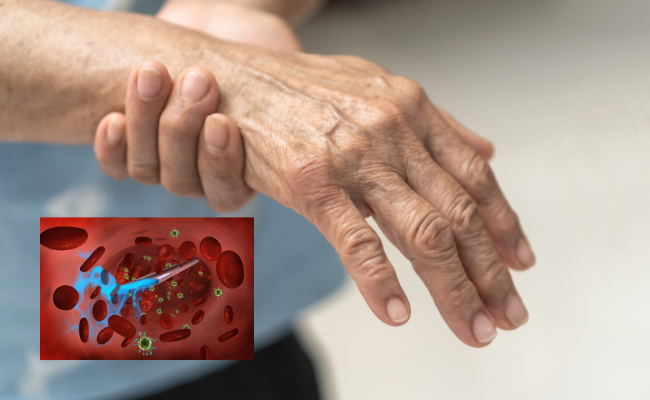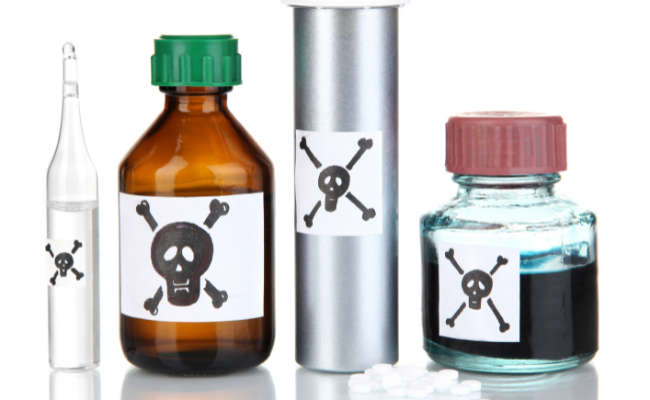How to Treat Theophylline Poisoning?
- February 05, 2024
- No Comments
What is Theophylline Poisoning?
Theophylline poisoning happens when someone takes too much of a medicine used for breathing problems. It can occur accidentally, like taking too many pills, or on purpose as an overdose. The medicine, theophylline, is often prescribed for conditions like asthma. When someone has this kind of poisoning, quick treatment is really important. Doctors might use things like activated charcoal to soak up the extra medicine, fluids through a vein to flush it out, and medicines to control symptoms like seizures. Acting fast and getting the right treatment early is crucial to prevent serious harm and help the person get better quickly.
Why Does Theophylline Poisoning Occur?
Theophylline poisoning can occur due to various reasons, including accidental ingestion of too much medication, intentional overdose, or improper dosing. Factors such as age, underlying health conditions, and drug interactions can also contribute to the risk of theophylline toxicity. Additionally, individuals with a history of liver disease or those taking medications that affect the metabolism of theophylline may be more susceptible to poisoning.
- Overdose: Taking more theophylline than prescribed or recommended can quickly lead to toxic levels in the bloodstream. This may occur accidentally, such as when a person misunderstands the prescribed dose or when there is an error in medication administration.
- Drug Interactions: Theophylline metabolism can be affected by interactions with other medications. Several drugs can inhibit or induce the enzymes responsible for theophylline metabolism in the liver, leading to altered clearance rates and potential toxicity. For example, medications like cimetidine, fluoroquinolone antibiotics, and certain antifungal agents can increase theophylline levels.
- Impaired Metabolism: Individual variations in the metabolism of theophylline can contribute to toxicity. Factors such as age, liver function, and genetics can influence how the body processes and eliminates theophylline.
- Decreased Clearance: Conditions that affect the normal clearance of theophylline from the body can lead to its accumulation. Liver disease, kidney dysfunction, and congestive heart failure can impair the elimination of theophylline, increasing the risk of toxicity.
How Does Theophylline Poisoning Manifest?
The symptoms of theophylline poisoning can vary in severity and may include nausea, vomiting, abdominal pain, restlessness, seizures, and an increased heart rate. In severe cases, theophylline toxicity can lead to life-threatening complications such as cardiac arrhythmias, seizures, and respiratory failure. Timely recognition and intervention are crucial to preventing the progression of symptoms and minimizing the risk of long-term complications.
Treatment Solutions for Theophylline Poisoning
- Discontinuation of Theophylline:The first step is to stop the administration of theophylline immediately. This may involve discontinuing oral medications, intravenous infusions, or other forms of theophylline administration.
- Activated Charcoal: Administering activated charcoal may help in preventing further absorption of theophylline from the gastrointestinal tract. Activated charcoal binds to theophylline in the stomach, reducing its absorption into the bloodstream.
- Gastric Lavage: In some cases, healthcare providers may perform gastric lavage (stomach pumping) to remove theophylline from the stomach. This is generally done within the first few hours after ingestion.
- Supportive Care: Supportive care is crucial in managing theophylline toxicity. This includes monitoring and maintaining vital signs such as heart rate, blood pressure, and respiratory rate.
- Seizure Management: Theophylline toxicity can lead to seizures. If seizures occur, they may be treated with anticonvulsant medications.
- Antiarrhythmic Medications: In cases where theophylline toxicity causes cardiac arrhythmias, antiarrhythmic medications may be administered to stabilize the heart rhythm.
- Monitoring Theophylline Levels: Regular monitoring of theophylline levels in the blood is essential to guide treatment and assess the effectiveness of interventions.
- Hemodialysis: In severe cases or when theophylline levels remain dangerously high, hemodialysis may be considered. Hemodialysis is an effective method to remove theophylline from the bloodstream.
Benefits of Timely and Adequate Treatment
- Preventing Systemic Absorption: Early administration of activated charcoal can significantly reduce the absorption of theophylline in the gastrointestinal tract, preventing its entry into the bloodstream. This can be instrumental in limiting the overall toxicity of the drug.
- Minimizing Organ Damage: Prompt medical intervention, including intravenous fluids and other supportive measures, can help minimize organ damage caused by theophylline toxicity. This is crucial for preventing long-term complications and improving the overall prognosis.
- Reducing the Risk of Severe Complications: Timely treatment not only addresses the immediate symptoms of theophylline poisoning but also reduces the risk of severe complications such as cardiac arrhythmias, seizures, and respiratory failure. This is essential for ensuring the patient's safety and well-being.
- Enhancing Recovery: Adequate treatment contributes to a faster and more complete recovery from theophylline poisoning. By addressing the toxic effects of theophylline and supporting the body's natural elimination mechanisms, healthcare professionals can help patients return to a normal state of health.








.jpg)
Comments (0)
No comments yet